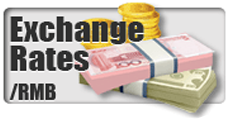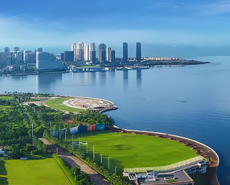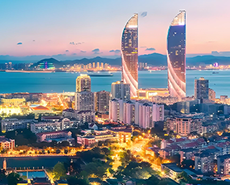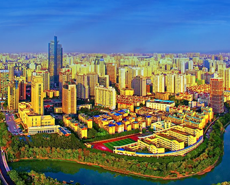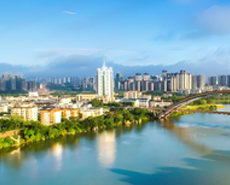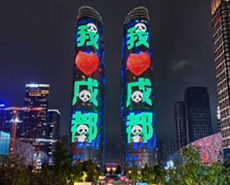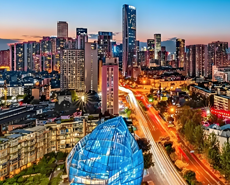
Ferrosilicon demand in Japan and South Korea to increase in Q2
----Interview with frankieho
General Manager
Asia Minerals Limited
General Manager
Asia Minerals Limited
Asia Minerals Limited (AML) is an international corporation founded in HK in 1993 with business covering Aisa, Africa, Europe, CIS and North America. AML is also one of major shareholders of Pertama Ferroalloys Sdn. Bhd., which is the first large-scale manganese alloys and ferrosilicon plant in Malaysia. The plant's annual ferrosilicon capacity could reach 60,000t.
Asian Metal: Thank you Mr. Ho for joining the interview, and please introduce your company briefly.
Mr. Ho: Asia Minerals Limited (AML) was established in Hong Kong in 1993, starting with manganese related business, and our company is one of major shareholders of the ferroalloys plant in Malaysia - Pertama Ferroalloys Sdn. Bhd. (Pertama). Pertama is the first large-scale manganese alloys and ferrosilicon plant in Malaysia, which was founded in the Samalaju Industrial Zone in Bintulu of the Sarawak State, occupying around 200 hectares of land. Pertama owns three furnaces of 33,000kVA to produce ferrosilicon with the average monthly output of around 5,000t with clients in Asia, Europe and the United States. The plant has another three furnaces of 33,000kVA to produce silicomanganese.


Asian Metal: What's your approximate supply amount in Asia, North America and Europe respectively?
Mr. Ho: Basically, we supply around one fifth of the whole monthly output to the United States to our long-term clients who are the end users, and over half to Asia and Europe. We also supply small amount to Europe.
Asian Metal: How about the ferrosilicon demand performance in Asia in Q1-2021 against Q4-2020 and Q1-2020?
Mr. Ho: For our company, we saw the ferrosilicon sales volume increased slightly in Q1-2021 against Q4-2020, especially in South Korean and Japanese market. We got more orders from major steel mills in Q1-2021 against Q4-2020t. The demand in Southeast Asia keeps stable in Q1-2021 against last quarter and Q1-2020. We approximately sold 14,500t in Q1-2021 in total, up by about 1,500t against that of 13,000t in Q1-2020. The totaled sales volume in Southeast Asia reached around 5,000t in Q1-2020, in line with the same period last year.


Asian Metal: How do you think the ferrosilicon demand in Q2 in Asia?
Mr. Ho: As I mentioned above, the major steel mills in South Korea send some inquiries to do replenishment, and the demand in Japan also increased. The data released showed that Japan recorded an output of about 7.47 million tons of crude steel in February, down by 5.6% year on year and down by 5.7% month on month. Although Japan's crude steel output in February stayed lower than the previous month, the average daily output rose by 4.4% from 256,000 tons in January to 267,000 tons in February. The ferrosilicon demand in Japan in Q2 would obviously increase against last Q2. Additionally, the demand from other Asian countries would also increase driven by the increasing prices of steel products , and I believe the overall demand in Asia would rise.
Asian Metal: what are the advantages and disadvantages of the production cost for Malaysia-origin compared with the China-origin ferrosilicon?
Mr. Ho: We signed the long-term contract with the local power supply administration, and the average charge is USD0.04/kWh. So far as I know, the power charge of State Grid Corporation of China stands at USD0.06-0.07/kWh, so our electricity cost is lower than Chinese one. But we rely on import to get raw materials such as silica ore, semi coke, scrap steel, which restrains our production to some extent. Taking silica ore and semi coke for example, we mainly import these materials from China and India, and we went through raw materials' shortages supply when the COVID-19 swept Asia in Feb and Mar in 2020.


